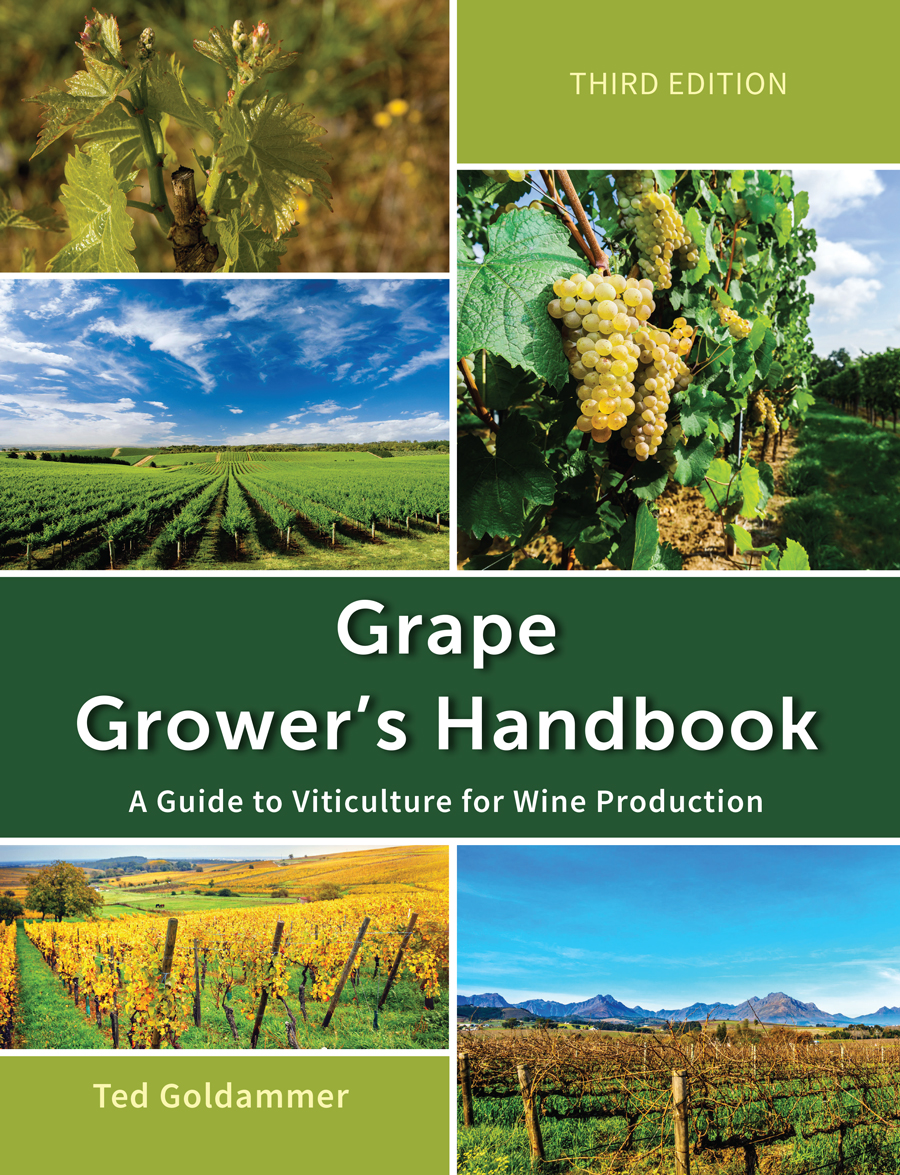Cover Cropping in Vineyards
Tilled or No-Till Cover Cropping Management Systems
Choosing a cover cropping farming system will depend on the relative vigor of the site; water availability in the soil; viticultural objectives (increasing or decreasing vegetative growth); and pest management objectives for insect, mite, and weed control. Following are discussions of several different approaches to managing cover crops in vineyards.
Annually Tilled Floor Management with Annual Cover Crops
The majority of growers using this system choose it to conserve moisture in their vineyards. Cover crops are planted in the fall, allowed to grow until some point in the spring when the ground can be easily cultivated, and then mowed and tilled into the soil. This operation is often timed when the cover crop is flowering, as it will decompose easily at this stage.
No-Till Cover Crop Floor Management Systems
No-till practices were first introduced as a soil conservation tool and to decrease labor requirements and fuel use. Another benefit is firm footing in wet weather. Numerous studies have shown that soil is more protected from erosion and run-off in no-till systems and that yields in no-till systems can be as good or better than with conventional tillage.
Non-Tillage Floor Management with Annual Cover Crops
In a no-till system with annual cover crops, the vineyards are tilled initially and seeded with species that will reseed themselves on an annual basis. Thereafter, the vineyards are mowed in spring and early summer.
Non-Tillage Floor Management with Perennial Cover Crops
Perennial species are most commonly used in vineyards planted on fertile sites. Many of the perennial grasses are very competitive with grape vine roots, and will have a devigorating effect on the vineyard. This may be desirable if the vineyard is seriously out of vegetative balance. Some perennials are attractive to gophers, voles, and other rodents that can damage grapevines.
Tilled and No-Till Floor Management Systems
Some growers use different floor management systems in alternate tractor rows to moderate vigor, incorporate compost, provide diverse habitat, or for aesthetic reasons. One system commonly employed uses a no-till approach of self-reseeding annuals for three years in alternate tractor rows, with annually planted and plowed down cover crops in other tractor rows.
Click on the following topics for more information on cover cropping in vineyards.
Topics Within This Chapter:
- Introduction to Cover Cropping in Vineyards
- Benefits and Drawbacks of Cover Crops
- Life Cycle of Cover Crops
- Types of Cover Crops
- Cover Crops: Monocultures or Mixtures?
- Tilled or No-till Cover Cropping Management Systems
- Managing Pests with Cover Crops
- Criteria for Selecting Cover Crop Species
- Establishing and Managing Cover Crops
- Suppression or Control of Cover Crops
- Selected References

